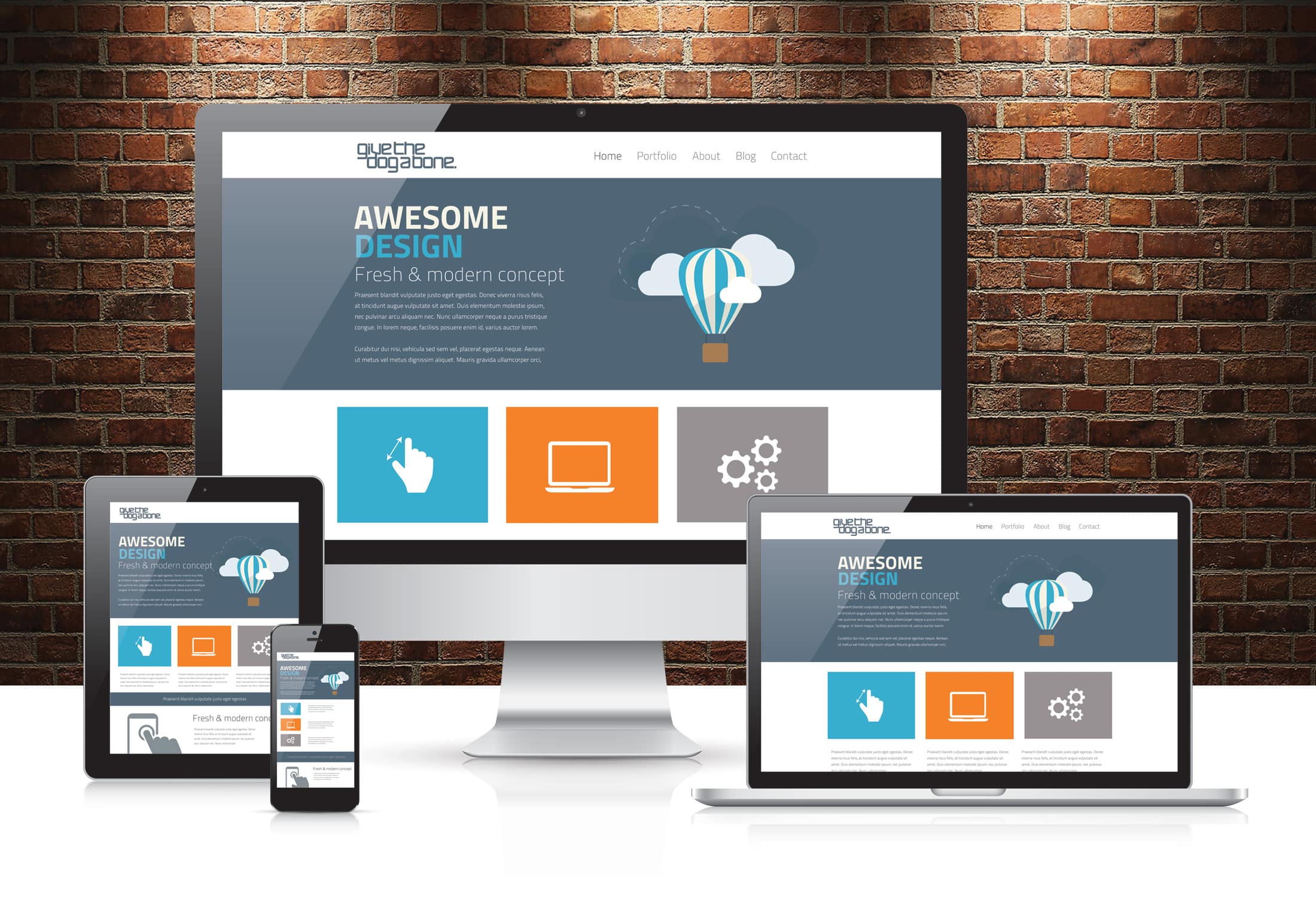In today’s fast-paced digital world, **responsive web design** is no longer just a trend, but a crucial element for success. With more than half of web traffic stemming from mobile devices, businesses must prioritize creating **mobile-friendly websites** that seamlessly adapt to any screen size. This adaptability enhances user experience design, leading to increased engagement and lower bounce rates. Moreover, a well-implemented responsive design boosts SEO for responsive design by aligning with search engine algorithms that favor mobile optimization. As we move towards the future of web design, adopting responsive principles can be a cost-effective solution for sustainable web development, ensuring your site remains competitive and user-centric.
In the realm of web development, the notion of adaptive design has gained significant traction as brands strive to maintain their online presence across diverse devices. This approach, often referred to as fluid layout creation, emphasizes crafting sites that effortlessly transition between screen sizes, thus enhancing the user journey. By integrating features that cater to every potential visitor’s needs, businesses cultivate a reputation for their exceptional commitment to user experience. As the digital landscape continues to evolve, embracing principles of dynamic design not only optimizes search performance but also paves the way for economically efficient web management. Ultimately, such foresight allows companies to prepare for the inevitable technological advancements on the horizon.

The Essence of Responsive Design: Cultivating a Dynamic User Experience
In the grand tapestry of digital journeys, responsive web design emerges as a vital thread, weaving together the myriad devices that connect users to content. Picture this: a world where over 54% of web traffic flows from mobile devices, each user seeking a seamless experience. This is where the beauty of RWD lies; it transforms your website into a fluid canvas that adapts effortlessly to screens of all sizes. A responsive design ensures that whether it’s viewed through a tablet, smartphone, or desktop, every pixel of content remains accessible, inviting, and engaging. It’s more than just visual appeal; it’s an embrace that welcomes all users into your digital realm.
Yet, neglecting responsive design can be a perilous gamble. Studies illustrate a troubling reality: if users encounter a website that falters on their mobile device, their patience can evaporate in an instant. Increased bounce rates become the haunting echoes of abandoned carts and lost opportunities, whispering tales of what could have been. Users today crave instant access to information, and by cultivating a responsive design, you’re ensuring that your website morphs intuitively to meet their expectations. With each interaction, you foster a connection that enhances user satisfaction, making a resounding statement that every visitor is valued in your digital space.
Unlocking the SEO Potential: How RWD Elevates Visibility
The realm of search engine optimization is ever-evolving, and responsive web design stands out as a beacon guiding businesses towards digital prominence. With the rise of Google’s mobile-first indexing, your website’s mobile iteration is no longer just an option; it is the cornerstone of your search visibility. Imagine your site effortlessly climbing search rankings, becoming a magnet for organic traffic as it consistently showcases its mobile-friendly virtues. This miracle unfolds as search engines prioritize websites that adapt seamlessly to mobile devices, rewarding those who embrace responsive design with enhanced visibility.
Moreover, a website optimized for responsiveness not only improves performance but also reduces loading times and navigational errors. Think about it: a sluggish website can feel like wading through quicksand, frustrating both users and search engines alike. In contrast, a well-optimized, responsive site can deliver quick-loading pages that invite exploration and discovery. By harnessing the power of RWD, you align your digital presence with the expectations of modern users and search engine algorithms, cultivating an environment where visibility flourishes and opportunities abound.
Cost-Effective Solutions: The Financial Wisdom of RWD
In a world driven by budgets and bottom lines, the financial benefits of responsive web design shine brightly. Instead of juggling multiple versions of your website across devices—a task that can quickly spiral into a costly endeavor—embracing RWD allows you to maintain a single, unified site. This streamlined approach not only minimizes redundancies in content creation but also significantly reduces maintenance costs. Picture the resources saved: time, effort, and funds that can be redirected towards innovation and growth. With a responsive design, your financial strategy becomes more aligned with operational efficiency.
Furthermore, the long-term advantages expand like ripples in a pond. As your business finances breathe easier under the weight of reduced expenses, you shield yourself against the inconsistencies that could arise from managing several sites. A unified brand experience across all screen sizes engenders trust and loyalty amongst visitors. As your responsive site stands as a pillar of consistency, you’re not just saving money—you’re fostering an environment that nurtures lasting relationships with customers, ultimately leading to sustainable growth.

Conclusion: The Imperative of Responsive Web Design
In conclusion, responsive web design is no longer just an option but a critical component for any business aiming to thrive in the digital age. This approach significantly enhances user experience, optimizes search engine visibility, reduces operational costs, and ensures that your website is well-prepared for future technological developments. The adaptability of RWD allows companies to not only meet the current demands of their audience but also to anticipate and embrace changes in user behavior and device capabilities. Therefore, it’s paramount for businesses to recognize the importance of RWD as a driving force behind their online presence and overall success.
Key reasons to adopt responsive web design include:
– Improved user accessibility across all devices, enhancing customer satisfaction.
– Boosted SEO performance due to mobile-friendly optimization, elevating search rankings.
– Significant cost savings by minimizing the need for multiple website versions, streamlining maintenance processes.
Moreover, the analytics and conversion advantages afforded by responsive design cannot be understated. By unifying user data across various platforms, businesses gain invaluable insights into customer behavior, enabling them to make informed marketing decisions. With studies indicating that effective responsive designs can lead to conversion rate increases of up to 50%, the financial implications underscore the significance of this design philosophy. Companies that embrace responsive design not only improve their competitive position in the marketplace but also foster deeper, lasting relationships with their customers—building loyalty and trust in an increasingly digital-first world.
In summary, investing in responsive web design is a strategic imperative.
– It guarantees relevance in an evolving digital landscape.
– It equips businesses with tools to understand their customers better and cater to their needs.
– It lays the foundation for growth and innovation in a fast-paced, technology-driven market.















